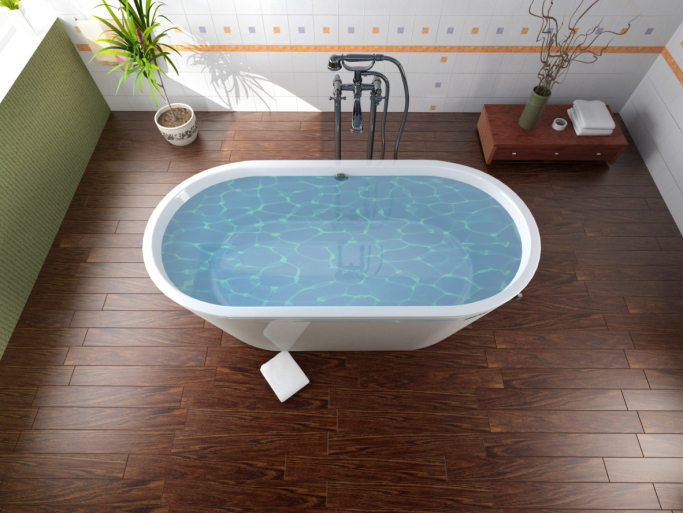The Pros and Cons of A Fixed Rate Second Mortgage vs. Opening a Home Equity Line of Credit
 When it comes to a mortgage and the financial stability of your home, there’s no such thing as too much you can know in the case of keeping your biggest investment safe. If you’re looking at paying off debt and are considering using the equity in your home, here are a few things you’ll need to know about refinancing your mortgage and home equity lines of credit.
When it comes to a mortgage and the financial stability of your home, there’s no such thing as too much you can know in the case of keeping your biggest investment safe. If you’re looking at paying off debt and are considering using the equity in your home, here are a few things you’ll need to know about refinancing your mortgage and home equity lines of credit.
Fixed Second Mortgage vs. HELOC
Refinancing your mortgage to access equity (without changing the existing first mortgage)comes in two basic flavors: a fixed rate mortgage or a Home Equity Line of Credit (HELOC). A fixed rate second mortgage is also known as a home equity loan. While you’re expected to pay the amount loaned back in monthly payments for a pre-determined number of years, you’ll receive this money at a fixed rate of interest. On the other hand, a home equity line of credit (HELOC) is similar to a credit card where the amount you can borrow is determined by your credit history and income, and funds are withdrawn using this line of credit, can be paid down, and then drawn back on again.
All About The Interest Rates
When you refinance using a fixed rate second mortgage, the interest rate will be fixed so you won’t have to worry about any volatile increases down the road. Since this qualifies as a second mortgage, the interest rate on it will be higher than your typical first mortgage but lower than a HELOC. When it comes to HELOC’s, the amount of interest you’ll be paying will be linked to the prime rate and will fluctuate with the market, and this means you may end up paying a higher amount of interest than you bargained on.
How The Interest Is Calculated
While refinancing your mortgage can seem like a great opportunity since you’ll be able to deal with a fixed interest rate, it’s worth noting that the way you’ll be charged is different. A mortgage refinancing will charge you interest on the total amount of your loan while a HELOC will only require you to pay interest on the money you’ve withdrawn from it, so you’ll want to consider which option works best for you.
When it comes to getting a second mortgage or opening a HELOC, there are pros and cons to both that should be considered before delving into either. As these can risk the security of your most important investment, you’ll want to carefully weigh what will work best for you. If you’re curious about other homes in your area or are thinking of downsizing, you may want to contact one of our local mortgage professionals for more information.

 Week in Review
Week in Review There are times you might long for the relaxed leisure of the spa experience, but with the cost of a manicure it’s not always a pleasure one can afford. If your current bathroom set-up isn’t the optimal place for rest and relaxation, here are some cues for how you can turn it from a bit of a problem to a consummate pleasure.
There are times you might long for the relaxed leisure of the spa experience, but with the cost of a manicure it’s not always a pleasure one can afford. If your current bathroom set-up isn’t the optimal place for rest and relaxation, here are some cues for how you can turn it from a bit of a problem to a consummate pleasure.